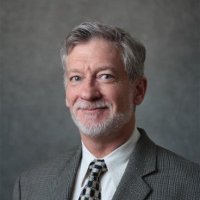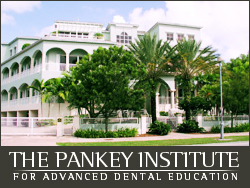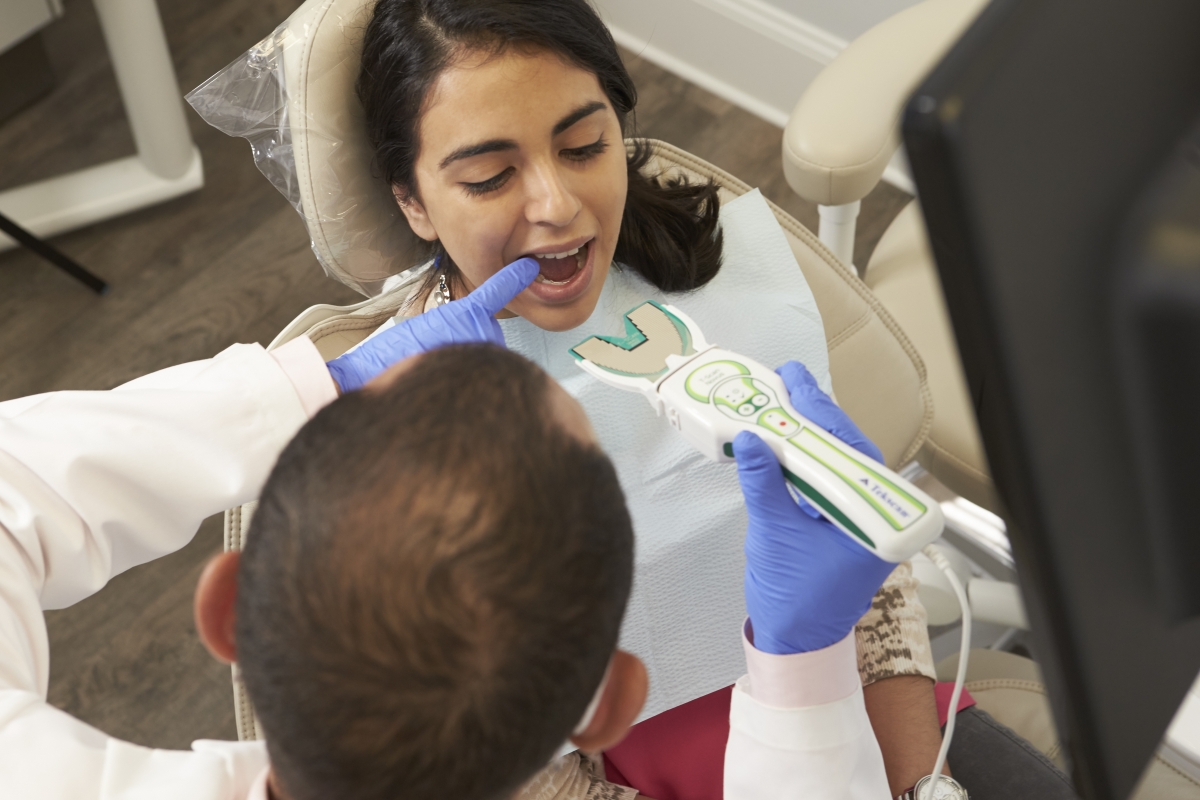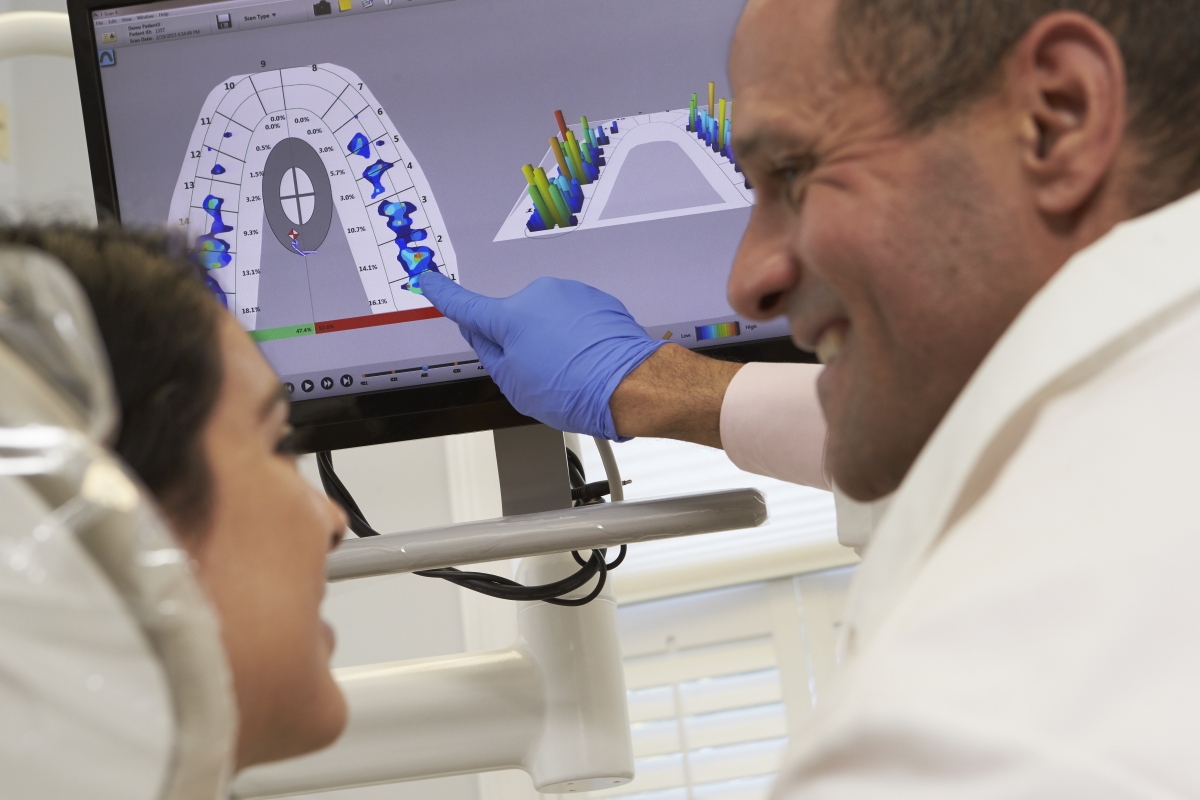Clinician Spotlight: Kevin Muench
 Dr. Kevin Muench started his private practice in February, 1988, and graduated from Boston College in 1980 with a B.S. Degree in Biology. In 1987, he graduated from New Jersey Dental School with honors and was elected into the Dental Honors Society, OKU. He received the Quintessence Operative Dentistry Award and the Dentsply Fixed Prosthodontics Award. He completed his General Practice Residency at Newark Beth Israel Medical Center. In 1993, Dr. Muench received a Fellowship in the Academy of General Dentistry and in 2002 received a Master’s in the Academy. He is an alumnus of the Pankey Institute in Key Biscayne, FL. He has taught 12 residents at Newark Beth Israel Medical Center’s GPR residency since 2009. He is a visiting faculty at the Pankey Institute and recently won top honors at the American Equilibration Society poster presentation for 2017. The topic was “Transitional Labial Stabilization,” which is a technique that helps stabilize mobile dentition while utilizing a T-Scan to verify the occlusion.
Dr. Kevin Muench started his private practice in February, 1988, and graduated from Boston College in 1980 with a B.S. Degree in Biology. In 1987, he graduated from New Jersey Dental School with honors and was elected into the Dental Honors Society, OKU. He received the Quintessence Operative Dentistry Award and the Dentsply Fixed Prosthodontics Award. He completed his General Practice Residency at Newark Beth Israel Medical Center. In 1993, Dr. Muench received a Fellowship in the Academy of General Dentistry and in 2002 received a Master’s in the Academy. He is an alumnus of the Pankey Institute in Key Biscayne, FL. He has taught 12 residents at Newark Beth Israel Medical Center’s GPR residency since 2009. He is a visiting faculty at the Pankey Institute and recently won top honors at the American Equilibration Society poster presentation for 2017. The topic was “Transitional Labial Stabilization,” which is a technique that helps stabilize mobile dentition while utilizing a T-Scan to verify the occlusion.
He is a member of the ADA, NJDA, NJAGD, AGD, and AES. He is an active participant of Green Toes Study Club in Milwaukee, Wi, Acorn TMD Study Club in Memphis, TN, and Enrichment in Sanibel, FL. He was elected to the Pankey Advisory Board in 2010. Dr. Muench is also the CEO and president of Continued Dental Engagement Seminars and Study Clubs.
How did you start on your path in dentistry? Who are you today and how do you work as a clinician?
There is a large genetic component to my dental career. My dad, his brother, my mother’s uncle and my cousin’s husband are/were dentists. Truthfully my roommate from college, Dr. Peter Famiglio, encouraged me to seek out a career in dentistry. At the time, I was doing cancer research and he was in dental school. All he kept saying was “this is for you… you’re perfect for dentistry.” So I applied and in answering the question - why I wanted to be a dentist - I convinced myself. This mix of art and science was incredibly appealing. I had already explored science as a career, but the art and craft of dentistry is beyond words.
I’m a restorative dentist with a passion for occlusion. In teaching, I often hear that clinicians view occlusion as this great, big mystery and yes, sometimes misery. L. D. Pankey was said to say that occlusion is getting the posterior teeth to touch all at the same time with light contact and when you bite firmly, neither the joint nor the teeth should move. In addition, when the jaw moves laterally or anteriorly all the posterior dentition shouldn’t touch. He would chuckle and say “so what’s so hard about occlusion?”
Today I see occlusion as a case-by-case riddle. I’m trying to see how harmony can be re-established in the system of joints, muscles, and teeth.
I utilize bite splints as a mechanism to test out an occlusal scheme for the patient. The challenge once harmony can be determined is then to wax and plan the case to mirror the harmony established on the appliance.
When did you start studying occlusion? How have your views on occlusion developed over time?
 Although occlusion was integral to my dental school education, it really wasn’t until I went to the Pankey Institute that my real journey in occlusion began. While I went through the Continuums at the Institute, I joined several technical study clubs. Under the direction and encouragement of Drs. Richard A. Green and Herb Blumenthal, I explored many facets of Occlusal Therapy and TMD.
Although occlusion was integral to my dental school education, it really wasn’t until I went to the Pankey Institute that my real journey in occlusion began. While I went through the Continuums at the Institute, I joined several technical study clubs. Under the direction and encouragement of Drs. Richard A. Green and Herb Blumenthal, I explored many facets of Occlusal Therapy and TMD.
My view of occlusion is certainly Centric Relation based but ultimately, I’m trying to figure out how the patient responds to appliance therapy in order to determine the ultimate treatment modalities or modality. Is the treatment limited to the dentition or is intervention in the joint appropriate?
Either way, my governing philosophy is to make the fewest changes to the dentition while producing the best end result for the patient. For some, this could be full mouth rehabilitation and for others simply equilibration and/or orthodontics. In the end, I’m trying to establish harmony between the dentition, joints, and musculature. Often, this means minimizing the deleterious effects of the dentition on the joints and ultimately the muscles. I’m not just talking about the lateral pterygoid. We are a closed loop - from head to toe - and the influence of the “whole” body on the stomatognathic system cannot be ignored.
How did you find out about T-Scan? Why did you adopt the technology?
From what I can recall, I was first exposed to T-Scan through the Pankey Institute and the AGD/ADA annual meetings.
My adoption of the technology was an “initiation” into occlusion. When dealing with a complex-case patient, I found myself struggling to establish a consistent and stable occlusion. Jen Cullen, my regional rep, brought a T-Scan to my office, demonstrated how to use it with the patient, and helped me find a consistent and balanced occlusion.
From that point on, I was sold on the value of T-Scan. It’s not just fancy articulating “paper”
We as dentists love our toys. On top of that, the T-Scan can help demystify occlusion not only for ourselves, but also for the patient. THEY can SEE what they’re feeling in a way that no one else has ever shown them. It gives them validity! Many patients with occlusal disease have been around to other dentists and medical practitioners, many of whom often come to the conclusion that the patient “is nuts” because they can’t visibly identify the underlying cause of occlusal issues.
How did you begin to use T-Scan clinically?
 As mentioned above, I had a difficult case and T-Scan bailed me out. The instrumentation I was using (articulating paper) wasn’t helping me solve the problem or creating any clarity. That case was nearly 10 years ago, maybe even more.
As mentioned above, I had a difficult case and T-Scan bailed me out. The instrumentation I was using (articulating paper) wasn’t helping me solve the problem or creating any clarity. That case was nearly 10 years ago, maybe even more.
The T-Scan is an integral part of occlusal therapy at various points throughout treatment. In the initial consultation, I use it to identify and demonstrate imbalances in a patient’s bite. I use it as a refinement instrument in the final adjustments of their appliance. Digitally measuring and visualizing what the patient feels when they bite with the T-Scan builds patient confidence not only in the recommended therapy, but also in their ability to fully participate in the therapy. Patient engagement is integral to my practice and to my educational programs.
Can you describe your poster from AES and tell us about this case and where T-Scan was needed?
Download Dr. Muench's Presentation
During the poster presentation, I demonstrated a technique I developed to help stabilize mobile teeth while utilizing the T Scan. It emerged out of frustration in trying various, ineffective methods—from holding teeth with my fingers, to prepping and splinting teeth to “A Splints”. The technique involves temporarily bonding all the dentition together in a manner that is, most importantly, passive and equally important repeatable. The best part: I can perform this technique without permanent marring the dentition.
The patient in the case presented had completed orthodontics about a year prior and was frustrated that neither her dentist nor her orthodontist could keep her teeth from “wiggling”. I performed an occlusal analysis and found 20+ teeth had mobility associated with fremitus. I utilized a mandibular bite appliance, but many of the maxillary dentition still remained mobile. I fabricated a triangular bar of composite/triad on a diagnostic model. I then spot etched, rinsed, and dried the dentition and bonded the bar to the dentition with flowable composite only.
Once this passive placement (flowable composite & prefabrication) was completed, the equilibration of the appliance was completed. Ultimately, I used the same approach when equilibrating the Maxillary and Mandibular dentition in the full mouth equilibration. The poster demonstrates the deflection that occurs. T-Scan results show the effectiveness of this technique. The result was a marked reduction in the mobility, expedited by the use of the Transitional Stabilization.
What do your patients think of T-Scan?
Universally, my patients are amazed by the T-Scan technology. Very frequently, it helps them feel vindicated—that they aren’t crazy—when they report pain in virgin teeth. “Seeing” the imbalances in the bite helps them to envision the benefits of a balanced bite. Combining appliance therapy with the T-Scan has been game-changing!
What is your favorite thing about T-Scan and what does it show you?
 It’s hard to choose a favorite. Patient education would likely rank highest, but it’s quickly followed by the precision it helps me achieve.
It’s hard to choose a favorite. Patient education would likely rank highest, but it’s quickly followed by the precision it helps me achieve.
It helps me refine my equilibration technique. It’s “legal” and clinical verification. By recording the initial bite imbalances and subsequently a verification scan at the completion of the equilibration, I have documentation describing the successful establishment of the technical balance.
What is your practice philosophy and where does T-Scan fit in?
T-Scan allows me to target my occlusal adjustment, which have become much more precise. After recently attending educational courses at the Pankey Institute, I can see the benefits of measuring occlusal loading timing translating into marked improvements to my therapy. T-Scan ultimately limits the amount of occlusal adjustments that I make and the number of appointments it takes to get the bite properly adjusted. My philosophy—performing the least amount of dentistry that affords the patient the best results while being clinically effective and efficient—is in absolute synergy when I have the T-Scan in my hand!
Why do you think dentistry is so resistant to the T-Scan technology?
I think that there is an underlying fear that it may show clinicians how “off” their dentistry is from ideal. I also think, in particular for seasoned clinicians, that there is a thought that “I don’t NEED T-Scan” to balance the bite. Balancing the bite is just the tip of the iceberg.
There’s patient education and patient motivation to accept treatment. It’s not all about you, doc! It’s about patients and helping them understand their occlusion and to value the care, skill, and judgment that we have developed on their behalf.
What would you like to see changed in dentistry?
Judgement. Somehow there is this underlying theme that Fee for Service is better than PPO etc. Just because you practice in a fee for service environment doesn’t make you better. The quality of the service we provide and pairing that with patients’ best interest is the ultimate goal. Raising the bar of care across all levels is what needs to happen. As corporate takes over, the risk is that it will be harder and harder to keep the patients’ best interest in the forefront because profits will trump our judgment and stretch our integrity. The end result will, I fear, be a decline in the profession.
The information on the Tekscan website is provided with the understanding that the organization is not engaged in rendering medical or legal advice or recommendations. You should not rely on any information on the website to replace consultations with qualified health care, clinical, or legal professionals to meet your individual needs. References to any treatment or therapy option, or to any program, service or treatment do not constitute an official endorsement by Tekscan, Inc. Read our full disclaimers.